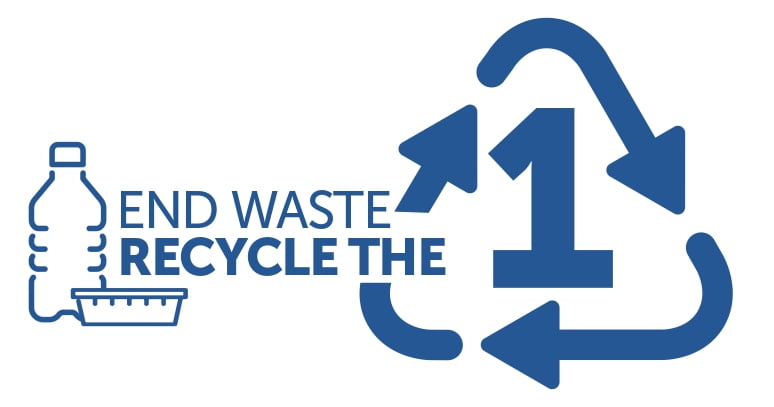Debunking myths about PET plastic
There’s a common belief that all plastics are bad
They constantly come under fire for being toxic, hard to recycle and harmful to the environment. Yet, a lot of these preconceptions are simply not true.
Meet PET plastic. PET is a unique, versatile, and circular material that protects our food and drink from spoilage and meets strict legal hygiene requirements for packaging. Here’s the truth about PET.
Myth 1: Most packaging waste is plastic
Fact:
Plastic accounts for less than one fifth of total packaging waste. Larger proportions of total packaging waste are attributable to paper and cartons.
Myth 2: PET plastic is not environmentally friendly
Fact:
PET has a low carbon footprint. You may be surprised to discover that glass and aluminium are more carbon-intensive packaging materials than PET (Trayak, 2021).
Temperatures of approximately 1000c are required to melt glass and aluminium. PET plastic melts at around 260c, making it a less energy-intensive option. Furthermore, PET weighs 10 times less than glass, making transportation significantly easier and less carbon intensive.
PET is a valuable material and should never be “disposed of” in nature. It is one of the easiest packaging materials to recycle and is the most recycled plastic in the world. Your PET bottle can be turned into a new one if you recycle it.
Example: 1L mineral water in Austria
Myth 3: PET manufacturers are doing nothing to reduce plastic consumption
Fact:
The PET Industry is working hard to reduce virgin PET plastic consumption. Innovations in design and technology mean that, on average, plastic packaging is 25% lighter than in 1991. This has resulted in an annual reduction of almost 6.2 million tonnes of plastic in Western Europe.
It is also estimated that the volume of recycled PET (rPET) used for bottle production increased by 50% between 2020 and 2022, with some producers already commercialising bottles made entirely from 100% rPET (ICIS, 2024).
Myth 4: PET plastic packaging ends up as landfill
Fact:
PET plastic is designed for recycling and is recycled in practice and at scale across Europe. The sorting of PET bottles for recycling has increased from 64% in 2020 to 75% in 2022 (ICIS, 2024). In some countries such as Germany and Belgium, over 90% of PET bottles are already sorted for recycling and PET bottles can also be deposited for reuse. (ICIS,2024)
Utilisation of plastic waste in Europe
(EU + Norway and Switzerland)
Source: Plastics – The Facts 2019
Myth 5: Plastic packaging is harmful to your health
Fact:
Plasticisers such as bisphenol A (BPA) have been identified as being harmful to health. Substances of this kind are not used in PET drinks bottles, or the plastic packaging used for personal care and household products.
PET is approved by global and national health agencies around the world for use in beverage, food, and medical applications.
Did you also know that contaminated water can be purified in transparent PET bottles with the help of UV rays? This simple solution can help people living in regions where there is no access to clean drinking water.
PET: A safe, convenient, and energy-efficient packaging option
We all have a responsibility to conserve the earth’s natural resources and protect the environment through our actions. So, next time you shop, look out for fully recyclable PET plastic – it’s easily recognisable by the number 1 symbol at the bottom of your packaging.
